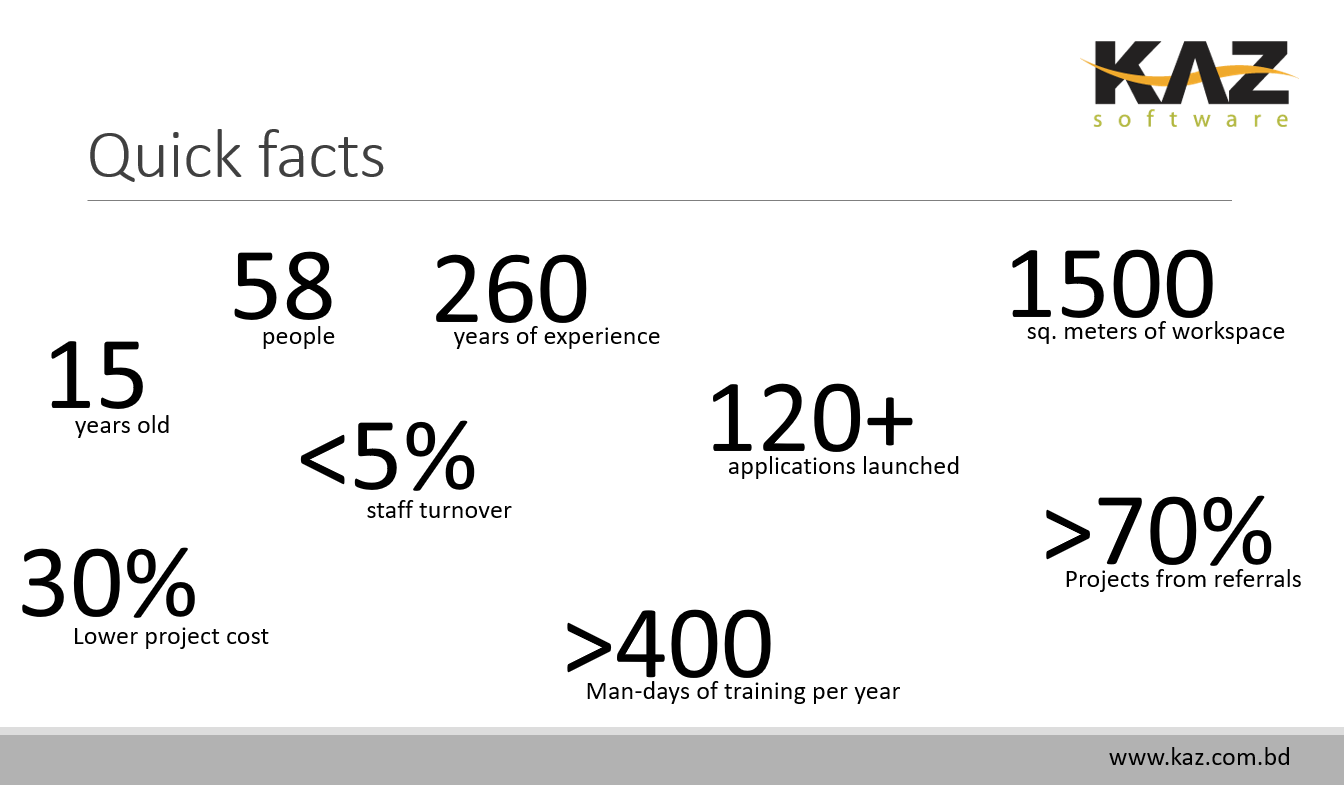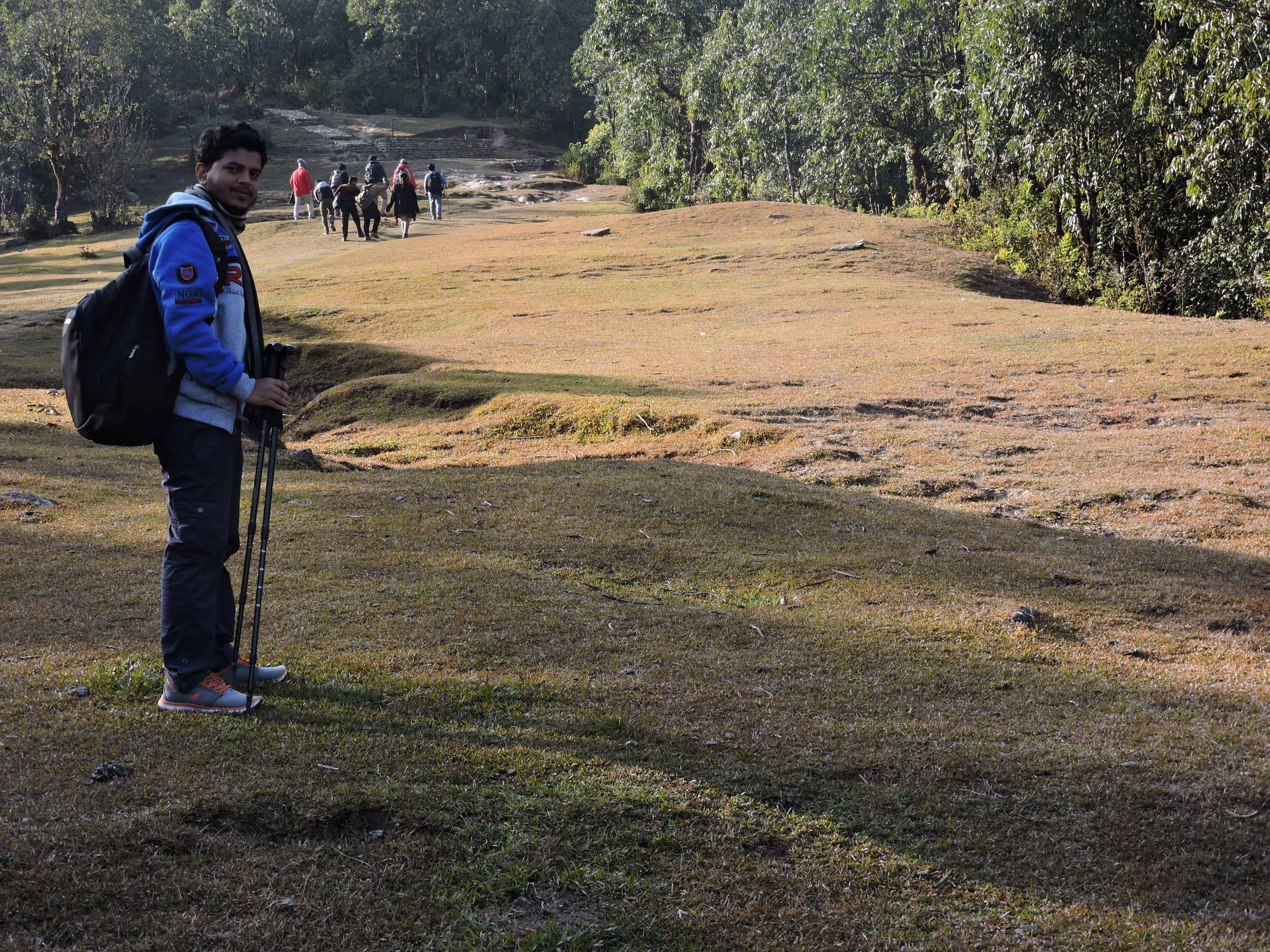Software entrepreneur's starting up checklist
/We’ve been helping software entrepreneurs for the past 15 years to build their apps and bring the products to market. Helping startups is in our genes, as we started out with helping fledgling silicon valley startup get back on its feet. And over the past one and a half decade we have helped more than 20 startups get their products released.
We know it’s never a easy journey, it’s hard for the cash strapped entrepreneurs to make decisions about what to build and what to leave out, when and how to release their products, how to get their first customers and how to improve the product from those customers’ feedback. We have helped them navigate these murky waters, and in the process we have learnt a lot. Over the years we’ve blogged a lot of our experience that we want to share with with would be entrepreneurs and today I’ll try to distill our thoughts to almost a checklist of things that every software startup owner should be aware of before starting out on their bumpy ride.
0) Know the basics of software development
It’s the zeroth item in the list because it’s expected. Don’t get into a business unless you know the basics of that business - simple. This doesn’t mean you have to know Python programming or need to know how to SQL join. It’s great if you do (and many of our startup owners do because they were software developers themselves) but your role when you are wearing the entrepreneur hat does not need you to do them and actually it’s better not to know them with that hat (but you might be wearing the developer hat on other times - remember many startups are just a person show!). As an entrepreneur you need to know the basics of how things are done, what fits what and some basic tools. 5 Tools all non-technical software founders should use is a great starting point, but a little more googling will you great tutorials. Khan Academy is a great resource, here’s one that I give out to non-techie owners to start with: What is programming?
1) Find the right developer
Now that you know that you want to build the app you need the people to build it for you. The first step is to decide if you want to outsource this or if you want to hire your own developers to do it (or of course if you want to write it yourself). Deciding to outsource your development or not is a guide we wrote sometime ago to distill our ideas around this. It’s usually straight forward to decide but if you decide to get an external company to build the app for you a much harder question is to find that vendor. How to select a software vendor? gives you some of our thoughts around this, and Testing an outsourcing partner is our cheat sheet for checking on your vendor.
2) Setup the right contracts
Once you found your vendor you’ll need to setup the contracts that protect your software and your product deliveries. Software development is a fluid process, where you need space for both you and your vendor to change and adapt as you progress through the development. Too tight a contract will make this process difficult and bring up frictions that are hard to remove leading to a bad software or no software at all. Too flexible a contract and you are at risk of getting a bad deal or a really bad product. Our article 5 things every software contract needs shares our ideas of coming up with contract that works.
3) Run the right process
When the software is being built there needs to be a set process for interacting with the developers. You’ll need to monitor but not start breathing down their necks. You’ll need to prioritize, guide and help the team navigate with your business priorities in mind since the goal of the software is clearly to bring in business but you’ll need to be careful not to derail things in the way. Not an easy task, but 5 things a software entrepreneur must remember gives out some of the advice we give to our startup owners.









































